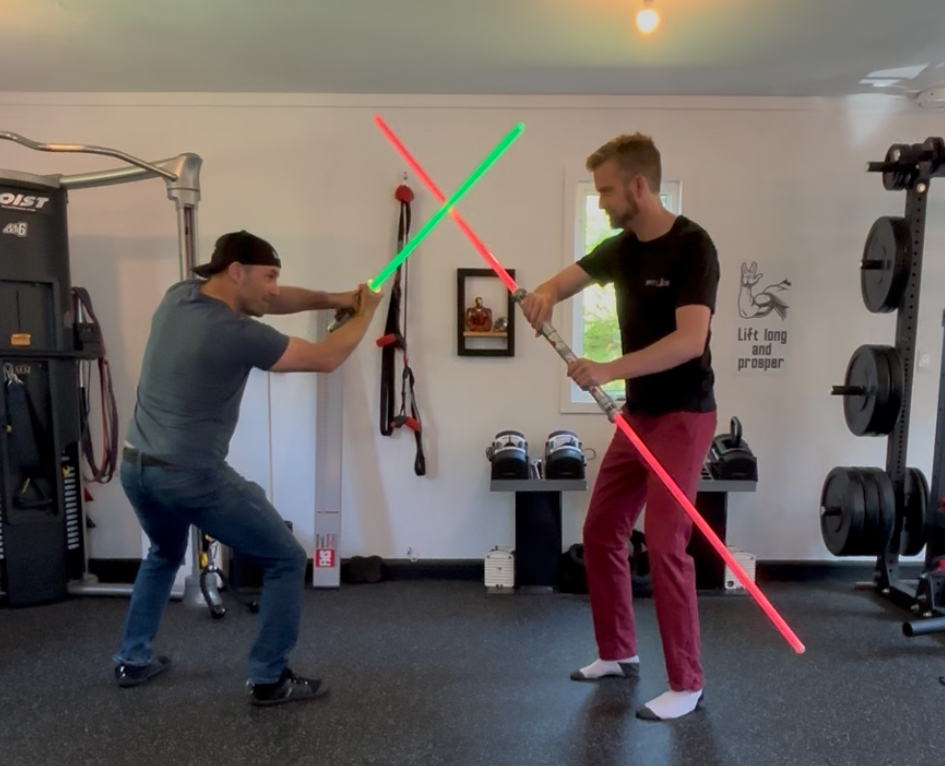
Have a listen to Cillian Harnett (Physio with PT Lab) on his PT Lab podcast with yours truly as we cover training principles, patient care approaches, training/nutrition for TBI, and a bunch more! SHARE!!! LINK: https://1l.ink/MWMMVM4
Read More

Have a listen to Cillian Harnett (Physio with PT Lab) on his PT Lab podcast with yours truly as we cover training principles, patient care approaches, training/nutrition for TBI, and a bunch more! SHARE!!! LINK: https://1l.ink/MWMMVM4
Read MoreMotivational interviewing (MI) insists that the interviewer, and the client’s social network, provide empathy and emotional support during stages of behavioural change.1 However, although social support is viewed as beneficial, the delivery of such support is often ineffective. As such, the following will explore constituents of effective emotional support and solutions to improve the same. […]
Read MoreValue can be defined as a means of rating usefulness, importance, or general worth of a thing.1 Science, or the scientific method, can be thought of as s state or a means of knowing that is distinguished from misunderstanding or ignorance.2 Though value is a paradigm that is qualitative and subjective in nature, and the apparent […]
Read MoreComputer-mediated communication (CMC) has become a dominant platform for exchanging information at the workplace. Moreover, information is instantaneous and at the fingertip. No longer is it absolutely required to send letters in a physical form if one does not wish to do so; Email, Skype and FaceTime provide adequate mediums for convenient communication. However, are […]
Read MoreIn a previous post, I covered steps that could be implemented to improve and protect the professionalism and credibility of the health and human performance (HHP) field. Another point of view should also be considered; what have other entities within the HHP industry employed to achieve similar ideals? The following sections will explore this question, […]
Read MoreIn my last post, I spoke about the use of evidence-based practice (EBP), in my field of post-rehabilitation (PR) as well as its utility in improving the credibility of our industry. In this post, I would like to explore other factors that affect the professionalism and credibility of the health and human performance (HHP) field, […]
Read MoreWhat are the qualities that employers look for when recruiting and hiring a personal trainer? Thus far, I have presented information outlining continuing education, considered a vital component of a personal trainer’s resume. In the following sections, I would like to consider an “outside” point of view from an employer’s perspective; to explore and consider […]
Read MoreWhere does Kinesiology fit? I remember a powerful article I read by Ives and Knudson (2007), indicating what they considered important components to a well-rounded academic program in exercise science. They argued, persuasively, that a good program was composed of several sub-disciplines (i.e., exercise physiology, biomechanics, functional anatomy, motor learning). The point that resonated, and […]
Read MoreUndergraduate degrees generally provide foundational knowledge that students build upon by experience and discovery of new information. In the following sections, I would like to explore why mandated continuing education (CE) is a viable option by considering the work of Landers, McWhorter, Krum, and Glovinsky (2005). Landers et al. (2005) noted their study that indicated […]
Read MoreIn my last post, I outlined factors that could contribute to cardiac arrest, as a first step in anticipating and managing weight room emergencies. In the following sections, I would like to build on the aforementioned early detection strategies by outlining a prevention and management program suggested by Abbott (2013). Abbott (2013) submitted that although […]
Read More